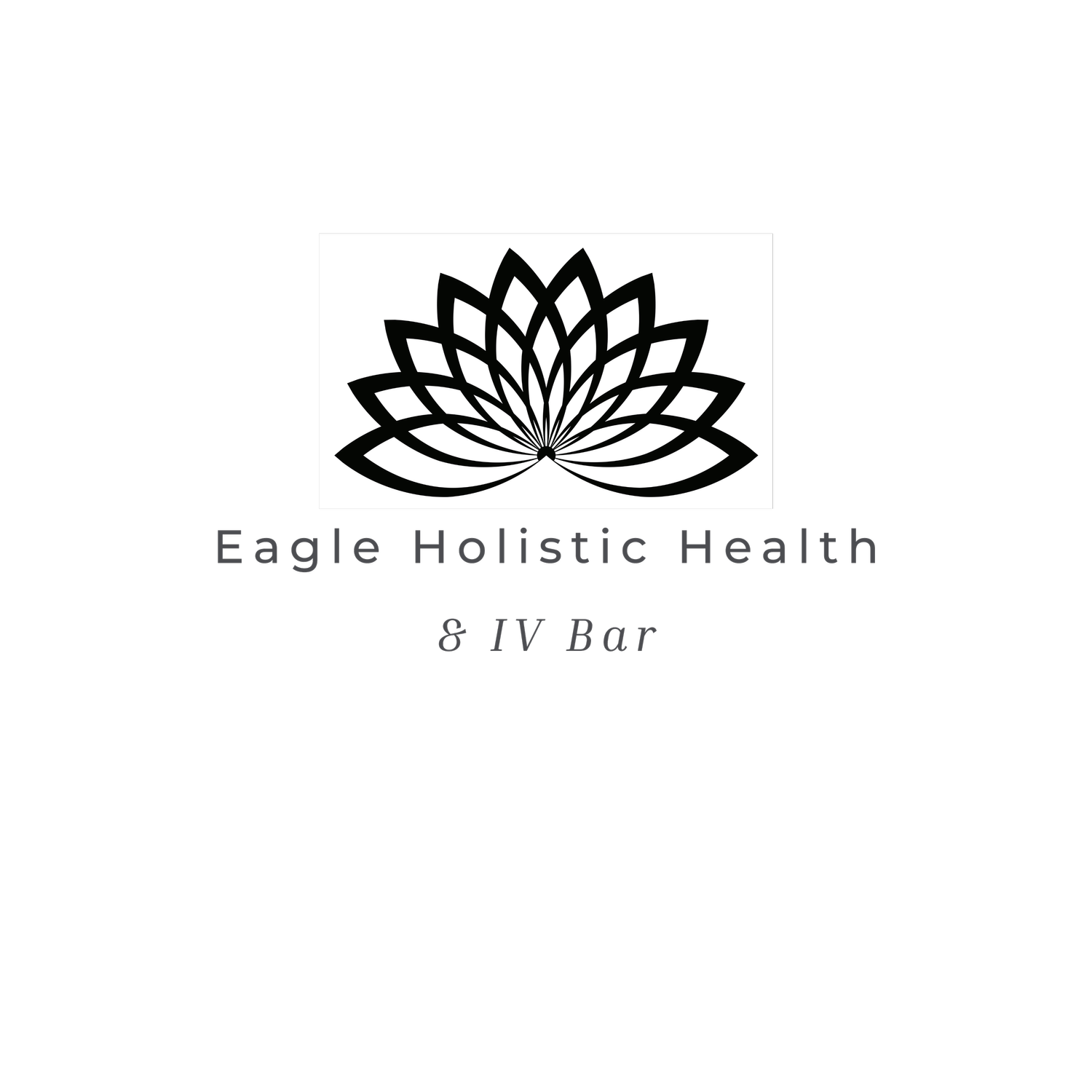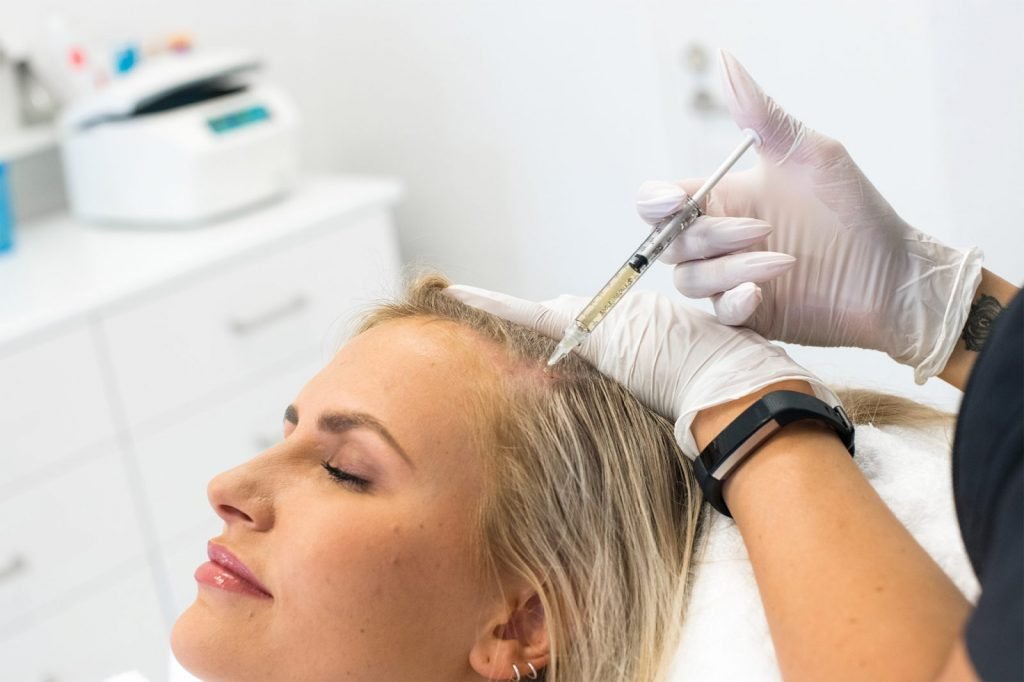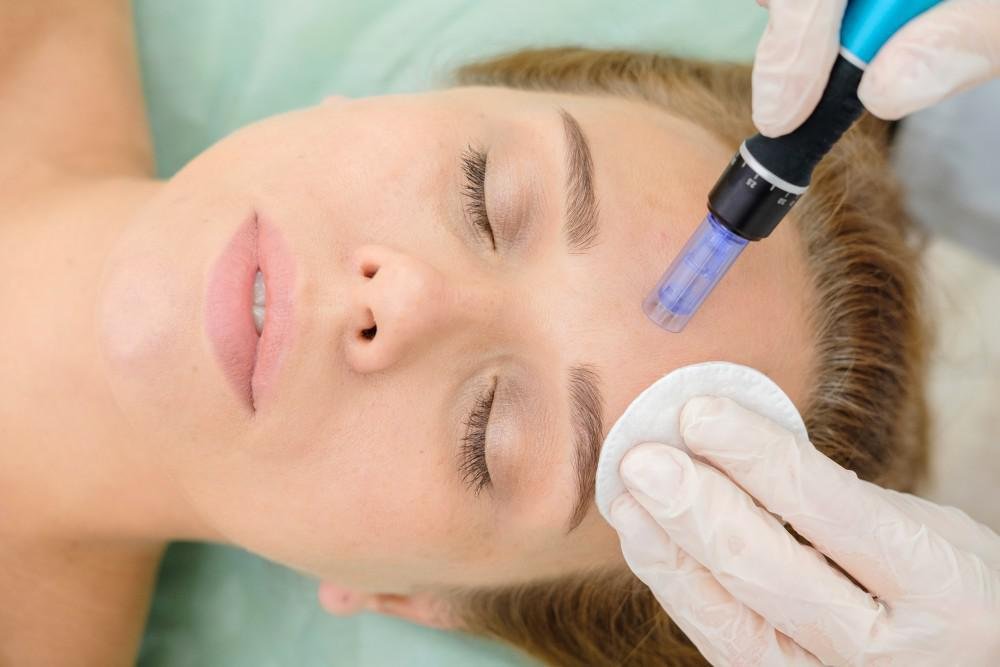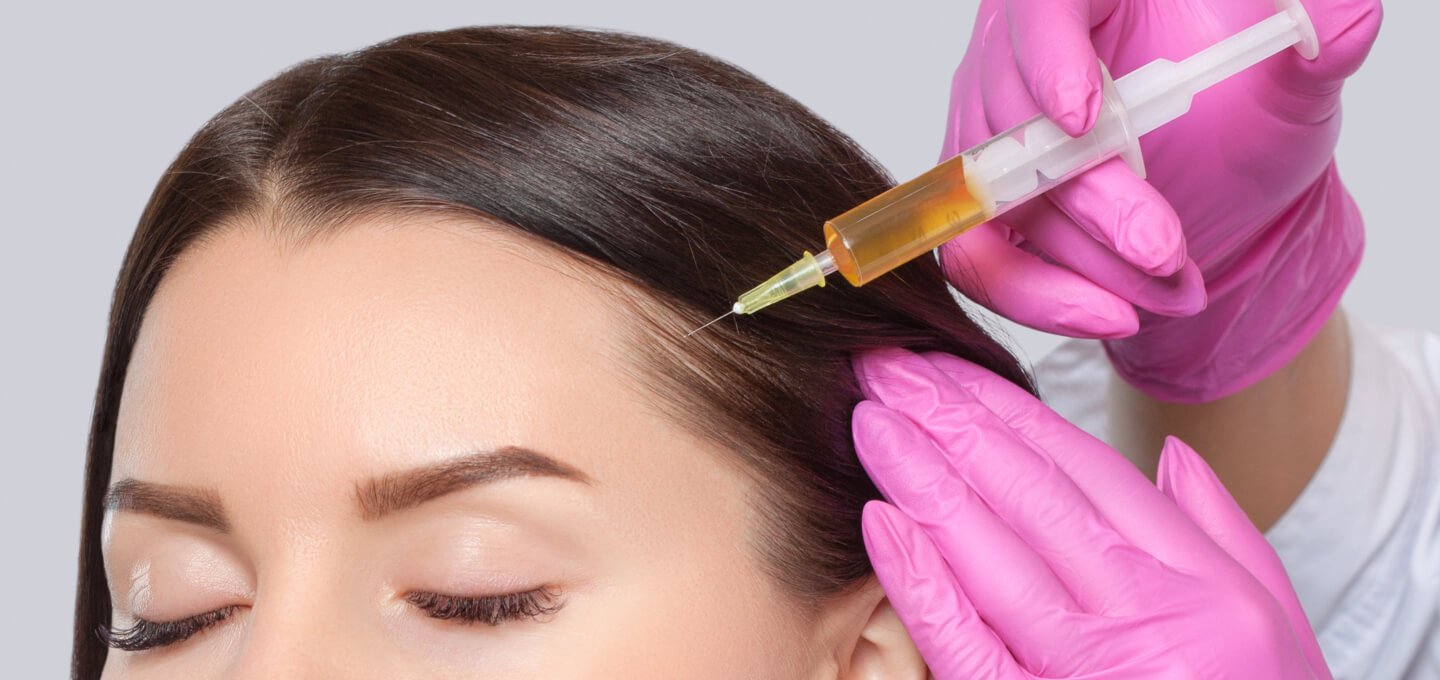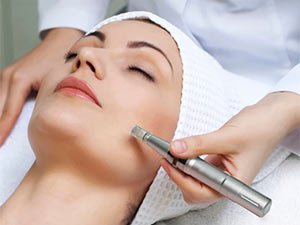Platelet-rich Plasma (PRP) Therapy
What is PRP?
Your blood is made up for four main components: red blood cells, white blood cells, platelets, and plasma. Platelet Rich Plasma (PRP) is a concentrated component from your own blood that contains nutrient rich cells and protein growth factors.
How is PRP prepared?
PRP is produced when a small amount of blood is drawn and placed into a sterile, disposable container and then, spun to separate the platelets from your blood sample, resulting in platelet-rich plasma.
Is PRP safe?
PRP is safe because it comes from your own blood, therefore there is minimal risk for allergic or immune reaction. PRP preparation must be conducted by a trained medical professional. In our office we have opted to use the ProGen PRP concentration system from Crown Aesthetics to provide the highest level of safety and efficacy.
Can anyone do PRP?
Due to the safety of PRP, the majority of individuals are candidates for PRP treatments. However, there are certain medical contraindication which our office will screen for prior to treatment.
Hair Restoration
PRP Therapy is a method of hair rejuvenation using a natural product derived from a patient’s own blood. PRP is a high concentration of platelets surrounded in its own plasma.
PRP contains special cells called platelets, that can theoretically cause growth of the hair follicles by stimulating the stem cells and other cells in the microenvironment of the hair follicle. These special platelet cells promote healing and accelerate the rate and degree of tissue healing and regeneration. The primary purpose of using PRP in hair restoration is to stimulate inactive hair follicles into an active growth phase.
How many treatments will I need?
Most PRP therapy requires three treatments 4 to 6 weeks apart. Maintenance treatments are required every 4 to 6 months.
Does PRP for hair regrowth and restoration work?
Individual results vary with each patient. No guarantees of success can be made, but PRP preliminary studies indicate patients can respond to PRP therapy.
Does it hurt?
The procedure itself may cause some discomfort, however this is very temporary. Most patients will experience mild to moderate swelling of the treated area, this will last for about 12 to 24 hours. Ice or cold compresses can be applied to reduce swelling if required. You may notice a tingling sensation while the cells are being activated.
Who is not a good candidate for hair PRP?
PRP for hair restoration is contraindicated for the following conditions:
Scalp disorders: Traumatic Alopecia, Pseudopelade, Trichotillomania, Infection, Injury.
Pregnancy or breast feeding, cancer or chemotherapy, keloid development, history of HgB less than 10, platelet count less than 105, local infection, hematologic/coagulation disorders, history of untreated thyroid disorders, untreated anemia, severe scalp psoriasis, history of untreated Vitamin D deficiency, body dysmorphic disorder, history untreated PCOS, untreated Hyperandrogenism Syndromes
PRP for Skin
Microneedling is a cosmetic procedure that uses small, sterilized needles to prick the skin. The purpose of this treatment is to generate new collagen and skin tissue to smooth, firm, and tone skin. Microneedling can help reduce the appearance of acne scars, dark spots, wrinkles, and large pores. It can also be done to help reduce the appearance of stretch marks and cellulite. Combining the power of PRP, we can take microneedling one step further and enhance the results. Read more about the benefits of PRP here. This can be done anywhere on the body.
Microneedling
Using a microneedling pen and sterile needles, we will create controlled micro-injuries in the skin. For this treatment we will use hyaluronic acid to maximize results. Numbing cream is applied before the treatment to provide maximum comfort. This is an ideal treatment for deeper fine lines, deep acne scarring, stretch marks, loss of elasticity, hyperpigmentation and overall improved appearance and texture.
Starting at $225
Microneedling with PRP
Take microneedling to the next level, using your own blood’s special healing cells to improve your skin tone and smooth out any imperfections.
For this treatment will begin by drawing your blood, spinning it down in our centrifuge and collecting the platelet-rich plasma (PRP). We will then preform the microneedling using the PRP. Studies show microneedling with PRP can dramatically improve results.
Starting at $475
How many treatments will I need?
Ideally, microneedling should be done every 4-6 weeks. Plan on a minimum of three sessions and you may need up to 6-8 session depending on your goal.
Does it hurt?
Most people experience little if any discomfort. We apply the numbing cream to help alleviate any discomfort. Your skin will feel like it has a sunburn for a few hours and this is normal. Very rarely do people experience bruising.
Who is not a candidate for microneedling?
The following are contraindications for microneedling:
• Active infections - viral, fungal, bacterial • Rashes, warts, skin cancer
• Active acne
• Immune-suppressed patients
• Skin-related autoimmune disorders •
Pregnant or breast-feeding
• Patients on anticoagulants (NSAIDS, ASA, Coumadin/Warfarin)
• Recent ablative dermal procedures
• Rosacea
• Diabetes
• Actinic (solar) keratosis
• Keloid
What should I expect after treatment?
It is normal for your face to be red after treatment and the rest of the day. It can take up to seven days for your face to look and feel normal. Only use warm water and any provided serums for 24-48 hours post treatment. After that, it is safe to use gentle skin cleansers and gentle facial moisturizers. You will want to avoid the sun 48 hours after treatment and after that use physical (mineral i.e. zinc and titanium dioxide) sunscreen rather than chemical sunscreen while you are healing. Complete after care instructions will be provided.
